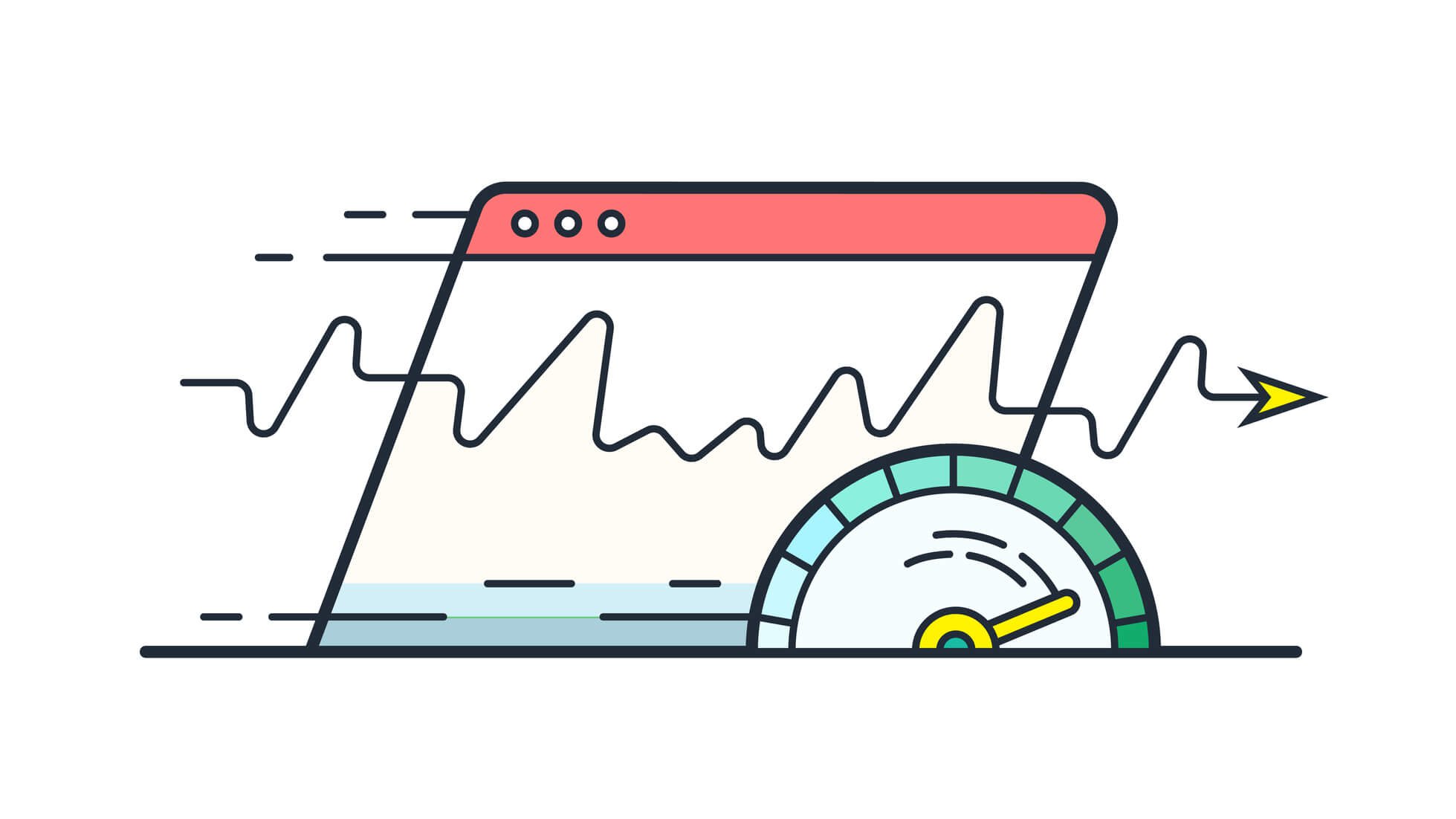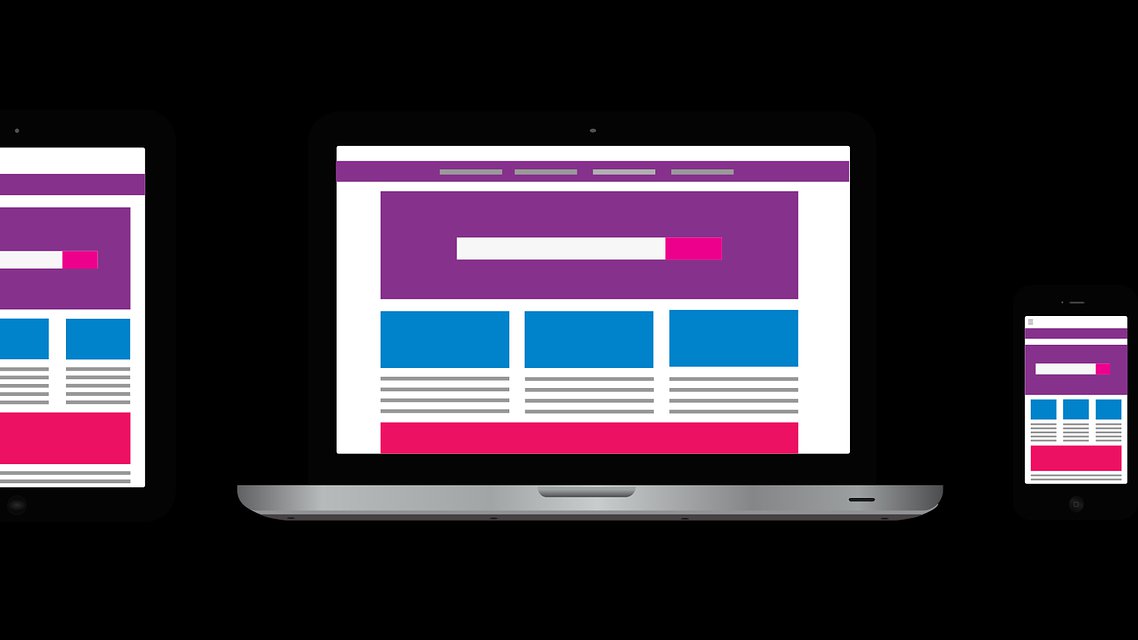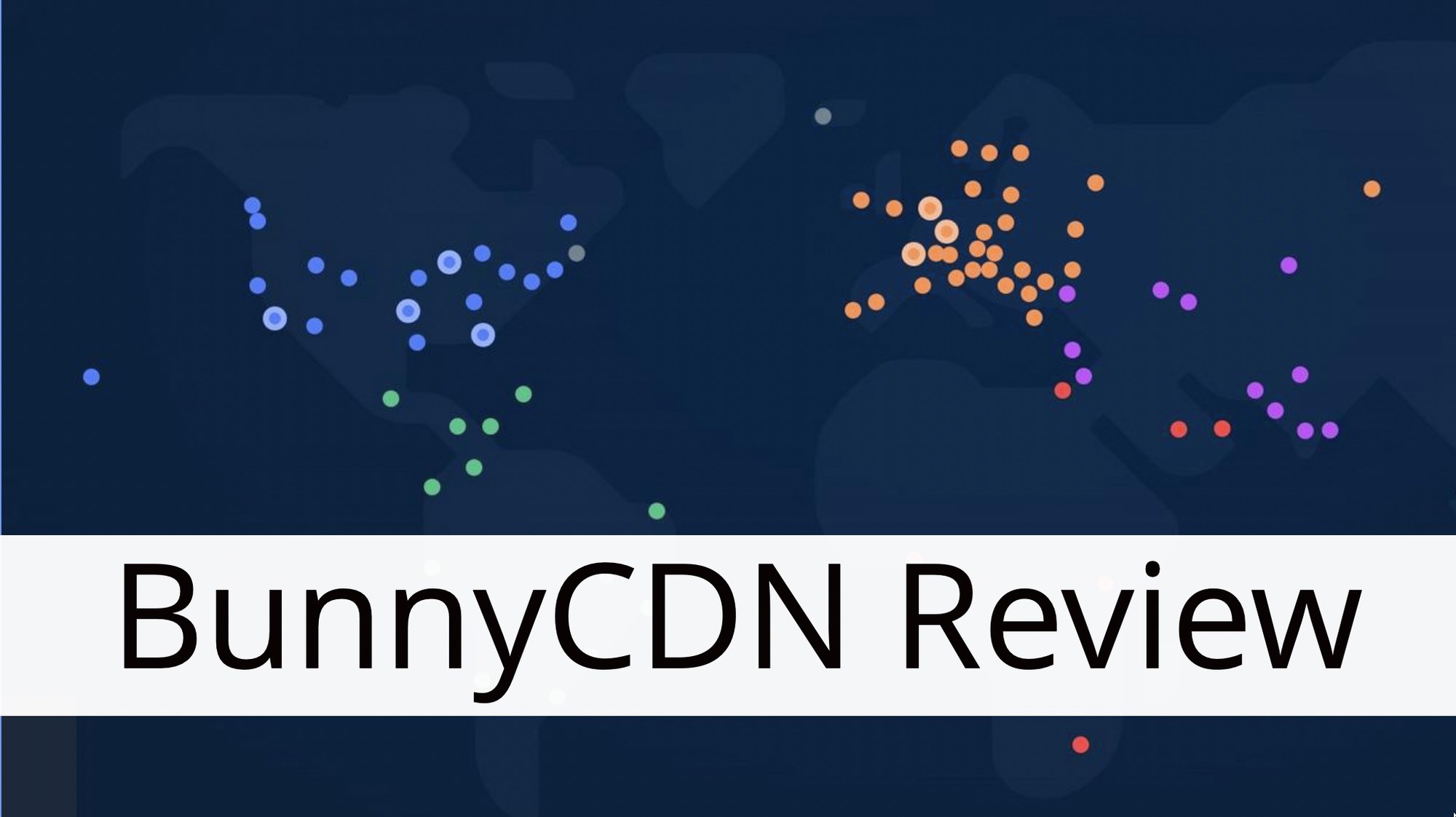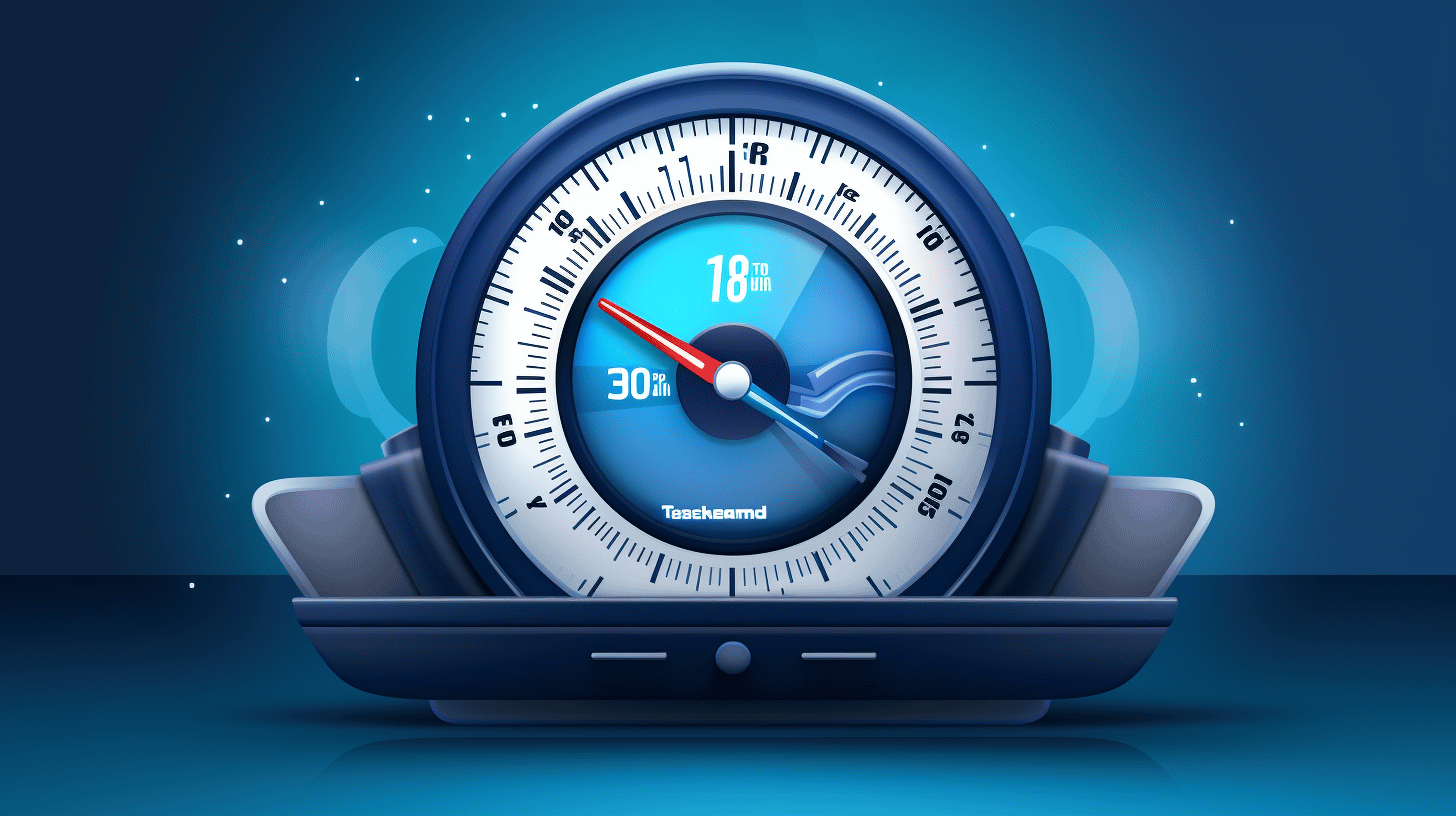In today’s digital age, website security is more important than ever. As cyber threats and attacks become increasingly sophisticated, website owners must take proactive measures to protect their valuable online assets. Whether you’re a beginner or an experienced WordPress user, mastering WordPress security is essential to ensure the safety and integrity of your website.
🔒🌐
In this comprehensive guide, we will explore the fundamental principles of WordPress security and provide you with practical tips and techniques to fortify your website’s defenses. From understanding common security threats to implementing advanced security measures, we’ve got you covered. By the end of this guide, you’ll have the tools and knowledge to confidently safeguard your WordPress website against malicious attacks.
🚀
Let’s dive in and unlock the secrets to mastering WordPress security!
Understanding WordPress Security Basics
Securing your WordPress website is essential to protect your data, reputation, and the experience of your visitors. With the rise in cyber threats, it’s crucial to have a robust security strategy in place. In this article, we will explore why website security is important and the common security threats that WordPress websites face. So let’s dive in!
Reasons for Website Security
Ensuring the security of your WordPress website is crucial for several reasons:
- Protecting your data: Your website contains sensitive information such as user data, customer details, and financial transactions. A security breach can lead to data theft or loss, compromising your business and your users.
- Preserving your reputation: A hacked website can damage your reputation and trust among your visitors and customers. This can have long-lasting effects on your brand and credibility.
- Avoiding legal consequences: Depending on your location and the type of data you handle, data breaches may have legal consequences. Compliance with data protection regulations is essential to avoid penalties.
- Maintaining website performance: Security vulnerabilities can affect the performance of your website, leading to slow loading times or even website crashes. A secure website ensures a smooth user experience.
Common Security Threats
WordPress websites are a popular target for cybercriminals due to their widespread use and the potential vulnerabilities that may exist. Let’s explore some common security threats faced by WordPress websites:
- Brute force attacks: Hackers use automated tools to systematically guess usernames and passwords until they find the right combination to gain unauthorized access to your website.
- Malware injections: Malicious code can be injected into your website’s files, themes, or plugins, allowing hackers to control and manipulate your website.
- Outdated software: Failure to update your WordPress core, themes, and plugins leaves your website vulnerable to known security vulnerabilities. Regular updates are essential to patch security loopholes.
- Unsecure login credentials: Weak passwords or reused passwords increase the risk of unauthorized access to your website. Additionally, using the default “admin” username makes it easier for hackers to target your site.
To mitigate these security threats, it’s crucial to implement proactive security measures and follow best practices for WordPress security. Regularly updating your software, using strong and unique passwords, and employing security plugins are a few steps you can take to enhance the security of your WordPress website. Remember, prevention is better than cure when it comes to website security!
In the next section, we will explore some practical tips and strategies to enhance the security of your WordPress website. Stay tuned!
🔒 Keep your website secure with these WordPress security tips!
Setting Up WordPress Security Measures
In today’s digital landscape, website security is more crucial than ever. With countless cyber threats looming around, it’s essential to take proactive measures to protect your WordPress site from potential breaches. By implementing strong security measures, you can safeguard your website, protect user data, and maintain your online reputation. In this section, we will explore three key steps to setting up WordPress security measures.
🔒 Setting up Strong Admin Credentials
The first line of defense for any WordPress site is a strong and secure admin password. It’s tempting to use simple and easy-to-remember passwords, but this leaves your site vulnerable to brute force attacks. Here are some tips to create robust admin credentials:
- Use a combination of uppercase and lowercase letters, numbers, and special characters.
- Make your password at least 12 characters long to increase complexity.
- Avoid using common words, phrases, or personal information that can be easily guessed.
- Consider using a password manager tool to generate and store unique passwords for maximum security.
Remember, the strength of your admin password is crucial in preventing unauthorized access to your site. Take the time to craft a strong password that will keep potential hackers at bay.
🔄 Importance of Regular Updates
Keeping your WordPress site up to date is not just a recommendation; it’s vital for maintaining security. Updates often include security patches and bug fixes that address known vulnerabilities. Neglecting updates can leave your site exposed to exploitation. Here’s why regular updates are crucial:
- Security Enhancements: Updates address vulnerabilities that hackers can exploit, making your site more resistant to attacks.
- Bug Fixes: Updates fix bugs and errors that can lead to unexpected behavior or crashes.
- Compatibility: Updates ensure that your site remains compatible with the latest versions of WordPress plugins and themes.
To stay on top of updates, enable automatic updates for WordPress core, themes, and plugins whenever possible. Regularly check for updates manually, and apply them as soon as they become available.
💾 Setting up WordPress Backup
No matter how robust your security measures are, it’s essential to have a backup plan in place. Backing up your WordPress site ensures that you have a copy of all your data in case of a security breach, server failure, or any other unforeseen circumstances. Here’s why setting up a backup is crucial:
- Data Recovery: In the event of a breach or data loss, having a backup allows you to restore your site quickly and efficiently.
- Peace of Mind: Knowing that you have a recent backup gives you peace of mind, allowing you to focus on other aspects of your website management.
- Site Migration: Backups are essential when migrating your site to a new hosting provider or making significant changes to your website.
To set up a WordPress backup, you can use popular plugins like UpdraftPlus, BackupBuddy, or VaultPress. These plugins allow you to automate backups, store them securely, and easily restore your site if needed.
By following these essential steps – setting up strong admin credentials, regularly updating your WordPress site, and implementing a backup strategy – you can significantly enhance the security of your WordPress website. Remember, taking a proactive approach to security is key to safeguarding your site and ensuring a seamless online experience for your users. Stay vigilant, stay secure!
WordPress Security Plugins
In today’s digital world, ensuring the security of your WordPress website is more important than ever. With the increasing number of cyber threats, it’s crucial to have robust security measures in place to protect your site from potential attacks. One of the most effective ways to enhance the security of your WordPress website is by using security plugins.
Identifying the Best Security Plugins
With the multitude of security plugins available in the market, it can be challenging to determine which ones are the best fit for your website. However, there are a few key factors to consider when identifying the best security plugins:
- Ratings and Reviews: Check the ratings and reviews of the plugins you’re considering. Look for plugins that have high ratings and positive reviews from other users. This is an excellent indicator of their effectiveness and reliability.
- Active Installations: Take note of the number of active installations for each plugin. Higher numbers of active installations indicate that the plugin is popular and widely used, which is usually a good sign.
- Frequent Updates: Look for plugins that are regularly updated by their developers. Frequent updates indicate that the plugin is actively maintained and that potential security vulnerabilities are being addressed promptly.
- Compatibility: Ensure that the security plugins you choose are compatible with the version of WordPress you’re using. Compatibility issues can lead to conflicts and instability, so it’s essential to verify compatibility before installation.
Installing and Using Security Plugins
Once you’ve identified the best security plugins for your WordPress website, the next step is to install and configure them correctly. Here’s a step-by-step guide to help you through the process:
- Install the Plugin: Login to your WordPress dashboard and navigate to the “Plugins” section. Click on “Add New” and search for the security plugin you’ve chosen. Once you find it, click on “Install Now,” and then “Activate” the plugin.
- Configure the Settings: Each security plugin has its own settings panel, where you can customize the security features according to your needs. Pay attention to essential settings such as login protection, firewall rules, malware scanning, and blocking suspicious IP addresses.
- Regular Updates: Set up automatic updates for your security plugins to ensure that you’re always using the latest version. Developers often release updates to patch security vulnerabilities and enhance the plugin’s functionality.
Understanding Plugin Settings
Understanding the settings of your security plugins is crucial for optimizing their effectiveness. Here are some essential features and settings to be aware of:
- Two-Factor Authentication: Enable two-factor authentication to add an extra layer of security to your WordPress login process. This feature requires users to provide additional verification, such as a unique code or fingerprint, along with their username and password.
- Brute Force Protection: Activate brute force protection to safeguard your website against automated login attempts. This feature limits the number of unsuccessful login attempts from the same IP address, making it difficult for hackers to gain unauthorized access.
- Firewall Rules: Utilize firewall rules to create a barrier between your website and potential threats. These rules can block malicious IP addresses, prevent unauthorized access to sensitive files, and filter out harmful traffic.
- Malware Scanning: Enable regular malware scanning to identify any malicious code or files on your website. This feature helps detect and remove potential threats before they can cause harm to your site and its visitors.
Remember, while security plugins are essential for protecting your WordPress website, they shouldn’t be your only line of defense. It’s crucial to implement additional security measures such as strong passwords, regular backups, and keeping your WordPress core and plugins up to date.
By choosing the right security plugins, installing them correctly, and understanding their settings, you can significantly enhance the security of your WordPress website and safeguard it against potential threats. So, take the time to research and invest in the best security plugins available – it’s an investment that will pay off in the long run. Stay secure!
Advanced WordPress Security Measures
Introduction
In today’s digital landscape, website security is more important than ever. As a WordPress user, it’s essential to take proactive steps to protect your website from potential threats and vulnerabilities. While WordPress itself is a secure platform, implementing advanced security measures can provide an extra layer of protection against hackers and malicious attacks. In this article, we will explore four advanced WordPress security measures that you can implement to safeguard your website.
Implementing Two-Factor Authentication
One of the most effective ways to enhance the security of your WordPress website is by implementing two-factor authentication (2FA). This method adds an extra layer of protection to your login process by requiring users to provide an additional piece of information, typically a verification code, in addition to their username and password. By doing so, even if an attacker manages to obtain a user’s login credentials, they won’t be able to access the account without the second factor.
How to Enable Two-Factor Authentication in WordPress
To enable two-factor authentication on your WordPress website, you can use a reliable plugin like Two Factor. Here’s how to set it up:
- Install and activate the Two Factor plugin from the WordPress plugin repository.
- Navigate to Users in your WordPress dashboard.
- Select a user and scroll down to the Two-Factor Options section.
- Choose the desired authentication method (such as Google Authenticator or email).
- Follow the instructions provided by the plugin to complete the setup.
Enabling SSL Security
SSL (Secure Sockets Layer) is a protocol that provides a secure and encrypted connection between a website and its visitors. Enabling SSL security on your WordPress website is crucial, as it protects sensitive information exchanged between users and your site, such as login credentials and payment details. Additionally, SSL is now considered a ranking signal by search engines, meaning it can positively impact your website’s SEO.
How to Enable SSL on Your WordPress Website
To enable SSL security, follow these steps:
- Obtain an SSL certificate from a trusted certificate authority.
- Install the SSL certificate on your web server.
- Update your WordPress site’s URLs from “http://” to “https://”.
- Install and activate the Really Simple SSL plugin to ensure that all resources on your website are loaded securely.
Securing Your wp-config.php File
The wp-config.php file is a critical component of your WordPress installation, as it contains sensitive information such as your database credentials, security keys, and other configuration settings. Securing this file is crucial to protect your website from unauthorized access.
How to Secure Your wp-config.php File
To secure your wp-config.php file, follow these recommendations:
- Move the wp-config.php file to a directory outside of the public_html folder.
- Restrict access to the wp-config.php file using file permissions or via your server’s control panel.
- Remove any unused security keys from the file and keep them secret.
- Regularly monitor the file for any suspicious changes or unauthorized access.
Using a Web Application Firewall
Implementing a web application firewall (WAF) is another robust security measure to protect your WordPress website. A WAF acts as a barrier between your website and potential threats, filtering out malicious traffic and blocking suspicious requests before they even reach your site. It adds an extra layer of protection by analyzing incoming requests and blocking those that exhibit suspicious behavior.
How to Use a Web Application Firewall with WordPress
There are several options available for integrating a web application firewall with WordPress. One popular option is to use a WordPress security plugin like Wordfence, which includes a built-in WAF. Simply install and activate the plugin, and it will provide you with a range of security features, including a WAF, to enhance the security of your WordPress website.
By implementing these advanced security measures, you can significantly reduce the risk of your WordPress website falling victim to cyberattacks. Remember, maintaining a secure website requires ongoing attention and vigilance, so it’s essential to stay updated with the latest security best practices and regularly monitor your website for any potential vulnerabilities.
Recovering From a WordPress Security Breach
🔒 Identifying Signs of a Breach
Discovering that your WordPress website has been compromised can be a stressful and overwhelming experience. However, it is crucial to act swiftly and decisively to minimize the damage and protect your website’s integrity. By being vigilant and observant, you can identify some common signs of a security breach:
- Unusual website behavior: Pay attention to any unexpected or unusual behavior on your website, such as slow loading times, broken links, or unauthorized changes to the content.
- Suspicious user accounts: Check your WordPress user accounts for any unfamiliar or suspicious usernames or email addresses.
- Unwanted pop-ups or redirects: If you notice an increase in pop-up ads or if your website redirects visitors to unrelated pages, it could indicate a compromise.
- Unapproved plugin installations: Keep an eye on your installed plugins and ensure that no new or unknown plugins have been added without your authorization.
- Strange database entries: Regularly review your website’s database for any unfamiliar or unusual entries that could be a result of a breach.
If you notice any of these signs, it is crucial to take immediate action to protect your website and its visitors.
👩💻 Obtaining Professional Help
Recovering from a WordPress security breach is a complex process that requires expertise and technical knowledge. It is highly recommended to seek professional help to ensure a thorough and secure recovery. Here are a few reasons why professional assistance is essential:
- Expertise and experience: Security professionals have extensive experience in dealing with security breaches and can quickly assess the extent of the damage.
- Comprehensive security audit: Professionals can conduct a thorough security audit to identify vulnerabilities and implement necessary security measures to prevent future breaches.
- Efficient recovery: With their knowledge and tools, experts can efficiently restore your website to its pre-breach state, ensuring minimal downtime.
- Ongoing support: Professionals can provide ongoing support and maintenance to keep your website secure in the long run.
💾 Restoring Website from Backup
Restoring your website from a recent backup is an essential step in recovering from a security breach. It allows you to roll back your website to a known secure state before the breach occurred. Here’s how you can restore your website using a backup:
- Access your backup files: Locate your website backup files, which may be stored on your hosting provider’s server or in an external storage location.
- Create a backup of the compromised website: Before proceeding with the restoration, it is vital to create a backup of the compromised website files and database for further analysis if needed.
- Upload and restore the backup: Follow the instructions provided by your hosting provider or backup solution to upload and restore the backup files and database to your website’s server.
- Test and verify the restoration: After the restoration process is complete, thoroughly test and verify your website to ensure that all functionality and data are intact.
It’s essential to note that regular backups are crucial for an effective recovery process. Make it a priority to maintain a robust backup strategy for your WordPress website.
🛡️ Strengthening Security After a Breach
Recovering from a security breach should also serve as a wake-up call to strengthen your website’s security measures. While no website is entirely immune to attacks, taking proactive steps can significantly reduce the risk. Here are some essential security measures to implement:
- Regular software updates: Keep your WordPress core, themes, and plugins up to date to patch any known security vulnerabilities.
- Strong and unique passwords: Use strong, complex passwords for all user accounts and consider implementing two-factor authentication for added protection.
- Limit user access: Only grant administrative access to trusted individuals who need it, and regularly review and remove unnecessary user accounts.
- Install a security plugin: Utilize a reputable security plugin to add additional layers of protection to your website, such as malware scanning and firewall protection.
- Scheduled security scans: Set up regular security scans to detect any potential issues or vulnerabilities on your website.
By implementing these security measures, you can significantly enhance the security of your WordPress website and reduce the risk of future breaches.
Remember, prompt action, professional assistance, and proactive security measures are key to recovering from a WordPress security breach and safeguarding your website against future threats.
Best Practices for WordPress Security
WordPress is one of the most popular content management systems out there, powering millions of websites across the globe. Its popularity also makes it a prime target for hackers looking to exploit vulnerabilities. Therefore, it’s crucial to prioritize security when it comes to your WordPress site. By following a few best practices, you can greatly reduce the risk of getting hacked and keep your site running smoothly.
🔒 Strong Password Practices
One of the simplest yet most effective ways to enhance WordPress security is by ensuring strong password practices. Weak passwords can be easily guessed or cracked by hackers, leaving your site vulnerable. Here are some key tips for creating strong passwords:
- Use a combination of uppercase and lowercase letters, numbers, and special characters.
- Avoid common words or predictable patterns.
- Make your password at least 12 characters long.
- Consider using a password manager to generate and store your passwords securely.
Remember, using the same password for multiple accounts is a big no-no. If one account gets compromised, it puts all your other accounts at risk too. Take the time to create and manage unique passwords for each of your accounts, including your WordPress admin account.
👀 Regular Monitoring of Website Activity
Keeping a close eye on your website’s activity can help you detect and address any potential security threats early on. Regular monitoring allows you to spot patterns, identify suspicious behavior, and take necessary action. Here are some monitoring practices you should consider implementing:
- Install a security plugin that offers real-time monitoring and alerts you to any suspicious activity.
- Regularly check your website logs for any signs of unauthorized access or suspicious IP addresses.
- Monitor user accounts for unusual behavior, such as multiple login attempts or brute-force attacks.
- Set up email or text notifications for critical events, such as file changes or failed login attempts.
By actively monitoring your website, you can identify and mitigate security risks before they cause significant damage.
💡 Fun Fact: Did you know that 52% of all WordPress vulnerabilities can be attributed to plugins? Regularly updating and removing unnecessary plugins significantly reduces the risk of a security breach.
📰 Staying Informed About WordPress Security News
The world of cybersecurity is constantly evolving, and staying up-to-date with the latest WordPress security news is essential. By staying informed, you can learn about emerging threats, security patches, and best practices recommended by experts. Here are some ways to stay in the loop:
- Follow WordPress security blogs and subscribe to their newsletters for regular updates.
- Join WordPress security forums or communities where you can learn from other website owners and security professionals.
- Follow the official WordPress.org blog and social media channels for important announcements and security-related information.
By staying informed, you can take proactive steps to secure your WordPress site and stay one step ahead of potential threats.
Remember, securing your WordPress site is an ongoing process. By following these best practices for strong passwords, regular monitoring, and staying informed, you can significantly reduce the risk of a security breach and keep your website safe and secure.
Conclusion
In conclusion, securing your WordPress website is vital in protecting your online presence and the sensitive information of your users. By implementing the security measures discussed in this guide, you can significantly reduce the risk of security breaches and ensure a safe digital environment for your website.
Remember, WordPress security is an ongoing process that requires constant vigilance and proactive measures. Stay updated with the latest security news and regularly monitor your website’s activity to identify any potential threats. Additionally, following best practices such as using strong passwords and regularly backing up your website can provide an extra layer of protection.
While there are many security plugins available, choosing the right ones can greatly enhance your website’s security. Consider utilizing the trustworthy and reliable security solutions offered by Managed-WP™, a premium managed WordPress cloud hosting platform. With their expertise and round-the-clock support, you can have peace of mind knowing that your website is in capable hands.
Protect your site, safeguard your data, and ensure a secure digital experience for your visitors with Managed-WP™. Simplify your infrastructure and let the experts handle your WordPress security needs. Visit managed-wp.com to learn more about their comprehensive managed hosting solutions.
Remember, it’s always better to be proactive when it comes to security. Don’t wait for a security breach to occur before taking action. Take the necessary precautions to protect your WordPress website, and enjoy the benefits of a secure and trustworthy online presence.
Frequently Asked Questions
- What are the essential security measures to implement on a WordPress website?
To enhance the security of your WordPress website, you should: 1. Keep WordPress core, theme, and plugins updated; 2. Use strong, unique passwords for admin accounts; 3. Install a reputable security plugin; 4. Enable two-factor authentication for login; 5. Use a secure hosting provider; 6. Regularly backup your website.
- Which security plugins are recommended for securing a WordPress website?
Some popular security plugins for WordPress are: 1. Wordfence; 2. Sucuri Security; 3. iThemes Security; 4. All In One WP Security & Firewall; 5. BulletProof Security. These plugins offer various security features and help protect your website from malicious attacks.
- What are common vulnerabilities that affect WordPress websites?
Common vulnerabilities include outdated software, weak passwords, insecure themes or plugins, vulnerable hosting environments, malicious code injections, and lack of regular updates and backups. It’s crucial to address these vulnerabilities to maintain website security.
- Do I need a SSL certificate for my WordPress website?
Yes, having an SSL certificate is highly recommended for your WordPress website. It encrypts the data transmitted between your website and visitors, ensuring a secure connection. It also helps improve SEO rankings and builds trust with your audience.
- How often should I backup my WordPress website?
It is advisable to backup your WordPress website at least once a week. However, the frequency of backups may vary depending on how frequently you update your website’s content. Additionally, it’s recommended to have off-site backups to ensure data redundancy.



















